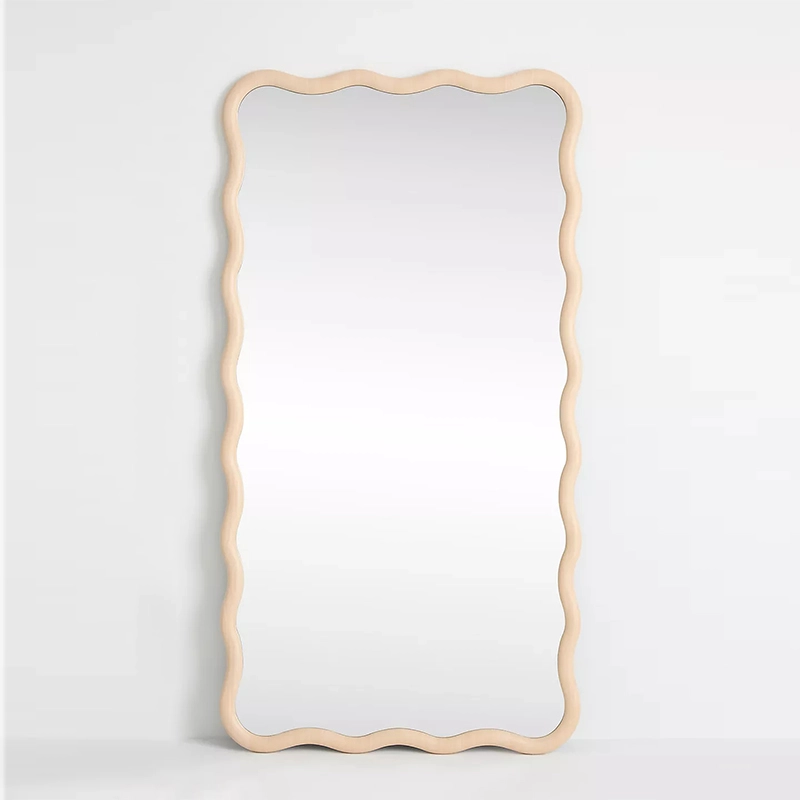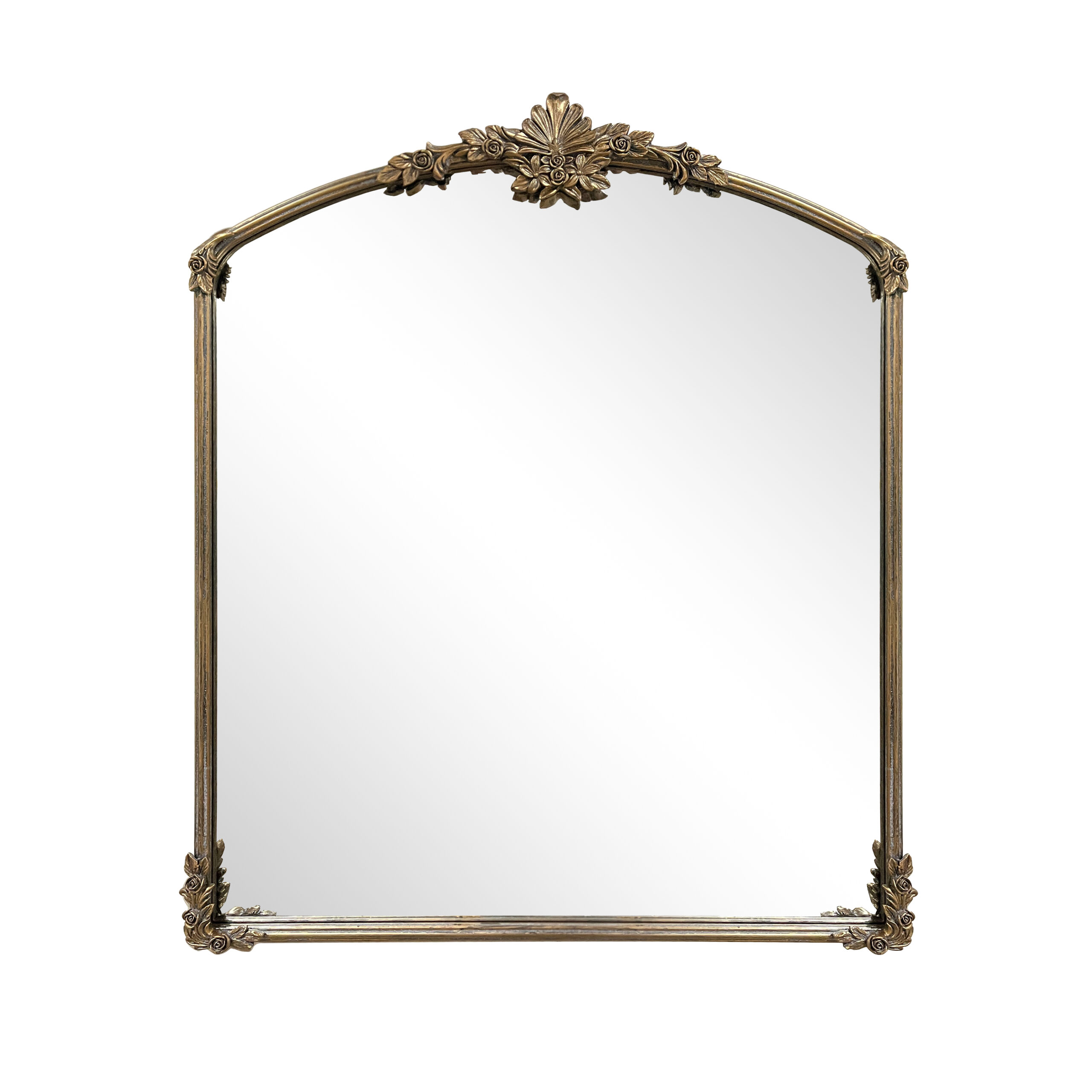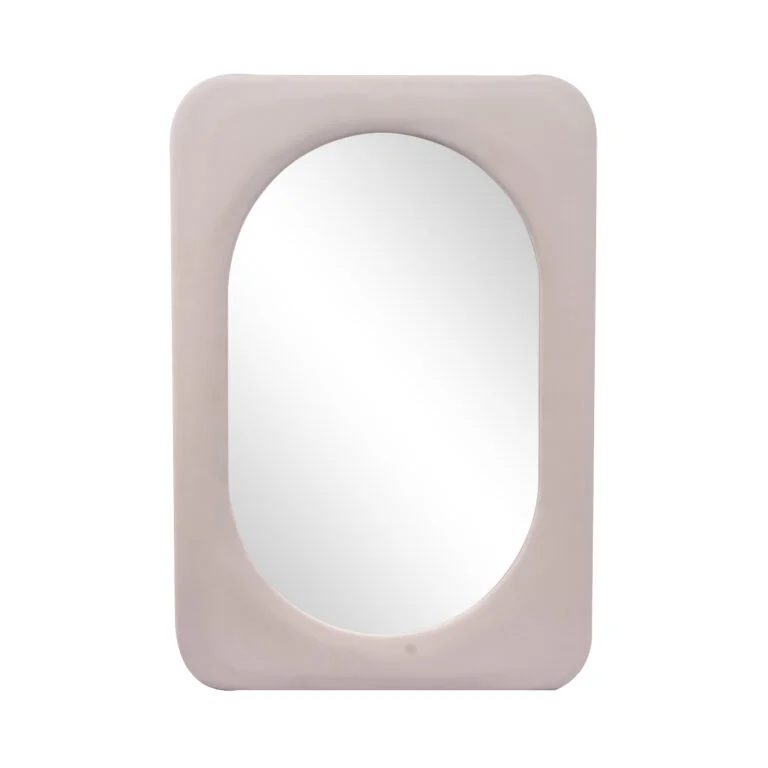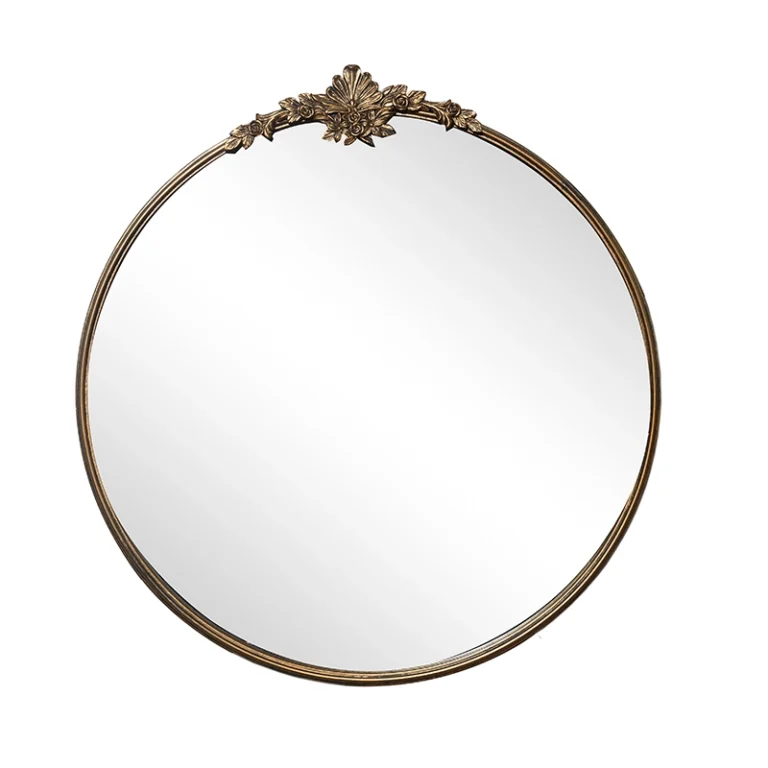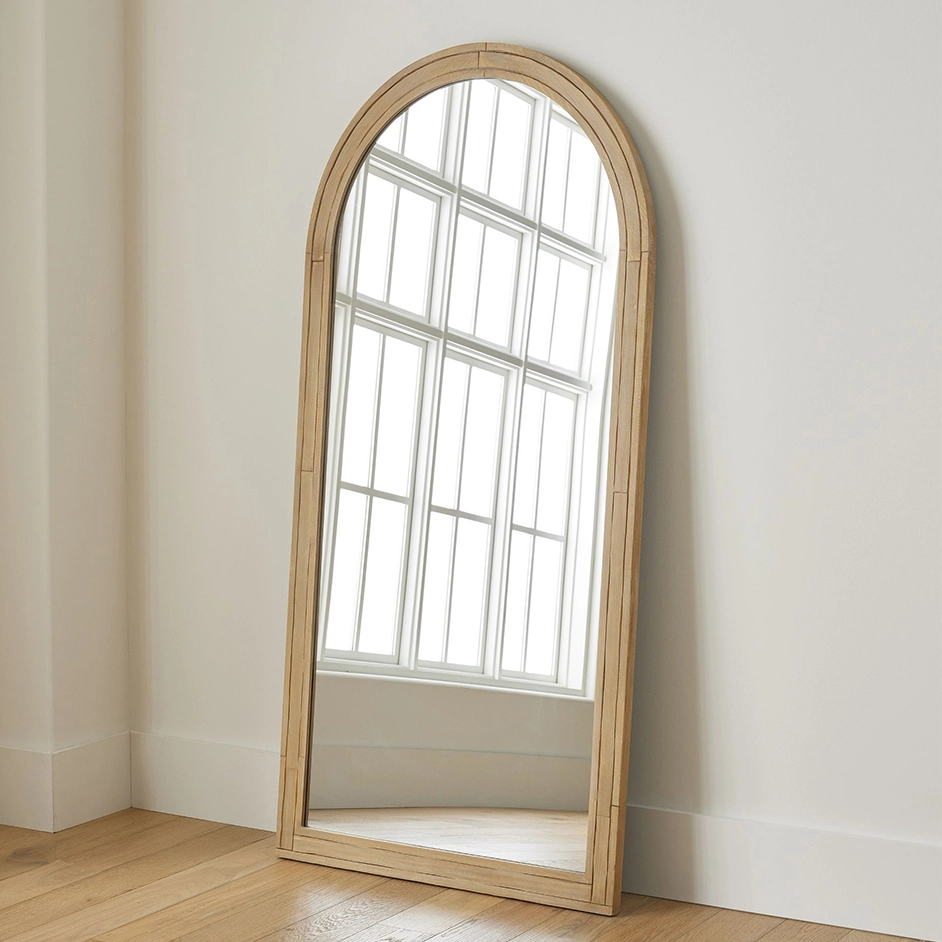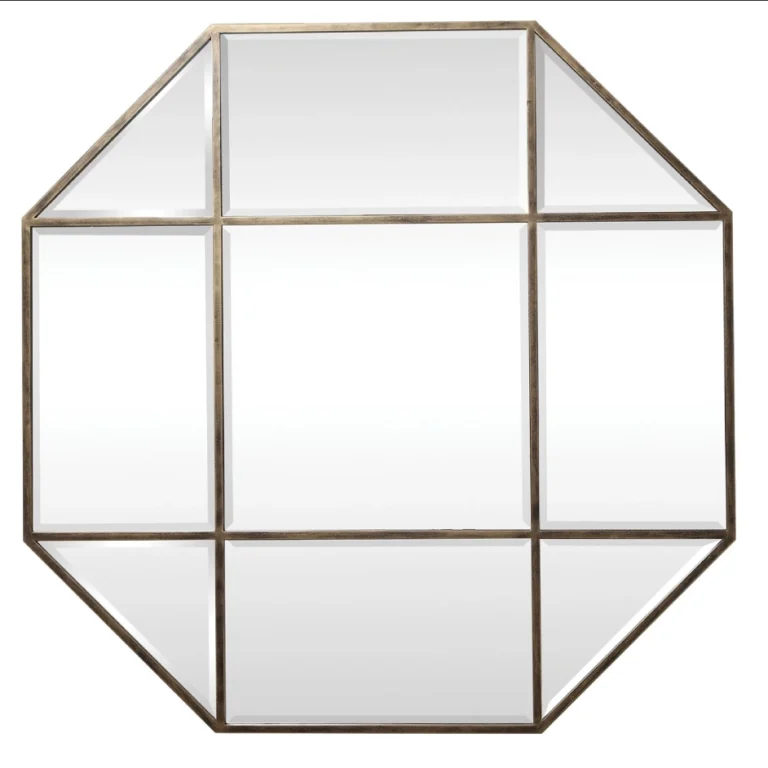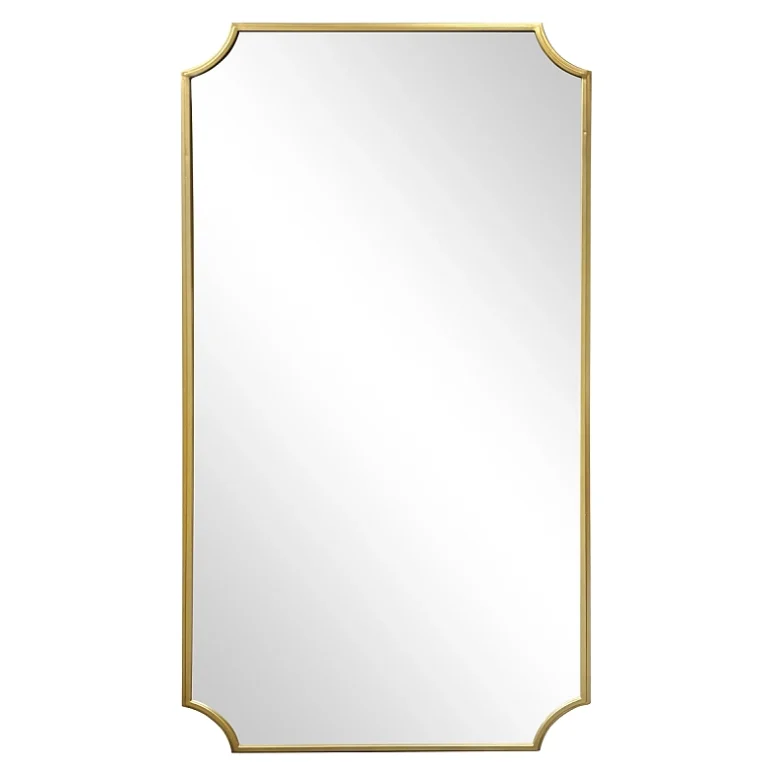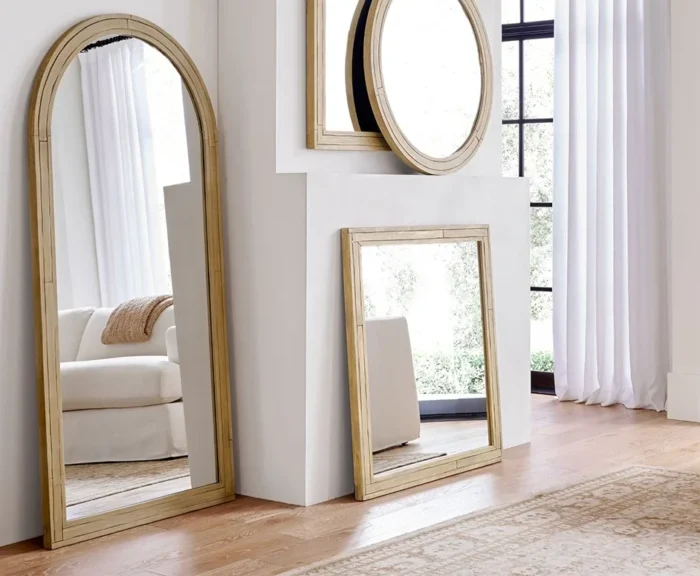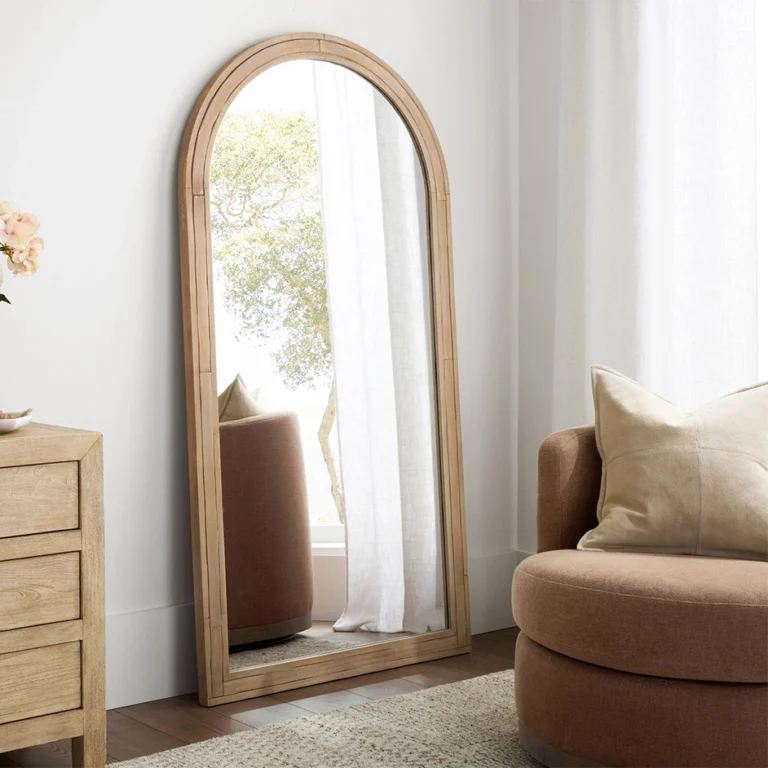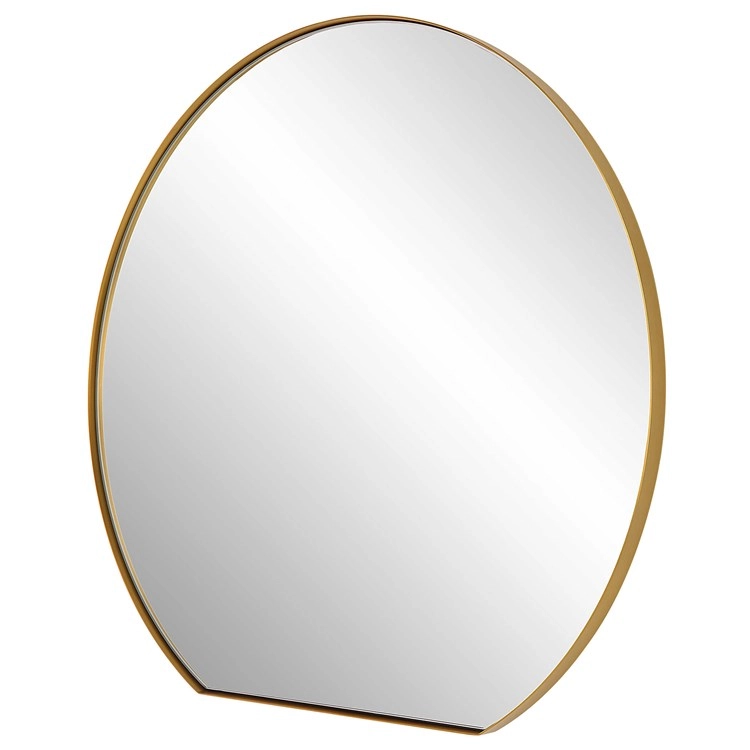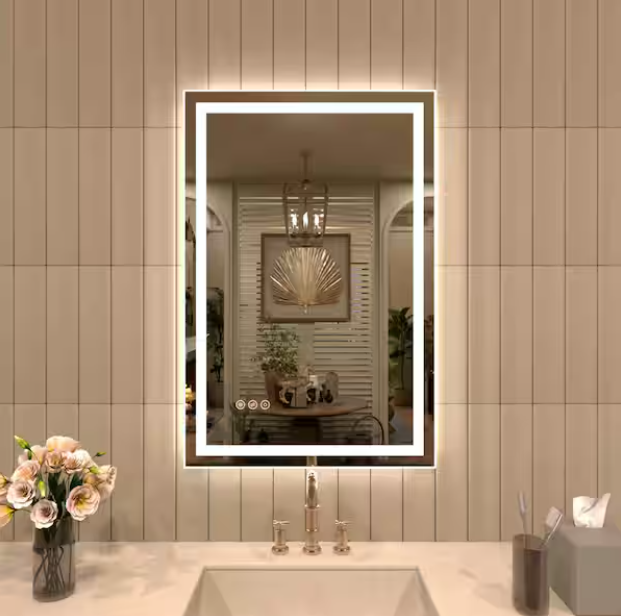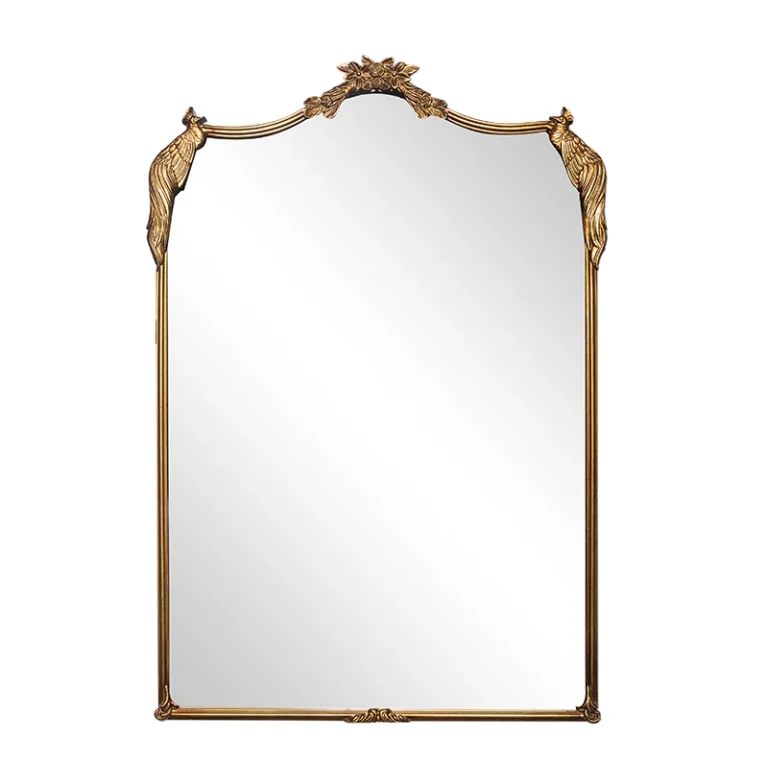Islamic art mirror Abu Dhabi
Of course. The phrase “Islamic art mirror Abu Dhabi” most directly refers to the iconic Louvre Abu Dhabi, whose dome creates a breathtaking “rain of light” effect reminiscent of geometric patterns found in Islamic art.
However, it could also be a reference to the broader concept of Abu Dhabi itself acting as a “mirror” or reflection of Islamic art and culture through its world-class institutions.
Here’s a breakdown of both interpretations:
1. The Louvre Abu Dhabi: A Literal and Metaphorical Mirror
This is the most likely meaning. The Louvre Abu Dhabi is not a museum of Islamic art per se, but a universal museum. Its architecture, however, is a masterpiece of modern Islamic design and acts as a giant, intricate mirror of traditional motifs.
The “Mirror” Effect in its Architecture:
-
The Dome: The most famous feature is its vast, 180-meter silver dome. It consists of 8,000 unique metal stars arranged in a complex geometric pattern (a geodesic dome inspired by jali work—perforated stone screens common in Islamic architecture).
-
The “Rain of Light”: As the sun passes overhead, light filters through the layers of the dome, creating a dynamic, dappled effect inside the museum. This moving pattern, reminiscent of sunlight filtering through palm leaves in an oasis or stars in the night sky, is a direct visual mirror of the geometric and celestial themes prevalent in Islamic art. It’s a physical manifestation of light and pattern, core elements of the aesthetic.
-
Reflection on Water: The museum is built on the water, and the dome’s structure is mirrored in the surrounding pools, doubling the visual effect and enhancing its dreamlike, reflective quality.
2. Abu Dhabi as a Mirror of Islamic Art and Culture
Beyond the Louvre, Abu Dhabi has positioned itself as a global custodian and mirror of Islamic artistic heritage through other monumental institutions:
-
The Sheikh Zayed Grand Mosque: This is perhaps the most direct and magnificent “mirror” of Islamic architectural art in the world. It incorporates and reflects design elements from various Islamic civilizations (Moorish, Ottoman, Mamluk, etc.) into a modern, breathtaking whole. Its vast marble courtyards, intricate floral inlays, gold leaf calligraphy, and the world’s largest hand-knotted carpet are all a reflection of pinnacle Islamic craftsmanship.
-
Qasr Al Hosn: The oldest stone building in Abu Dhabi, it acts as a historical mirror, reflecting the region’s transition from a pearl diving and fishing community to a modern nation.
-
The Future Guggenheim Abu Dhabi: While focused on modern and contemporary art, its collection will include works from artists across the Middle East and North Africa, reflecting the ongoing dialogue between Islamic artistic traditions and modern global art.
Summary Table
| Institution | How it Acts as a “Mirror” of Islamic Art |
|---|---|
| Louvre Abu Dhabi | Architecturally: Its dome mirrors geometric jali patterns, creating a “rain of light.” Culturally: It reflects a universal narrative, placing Islamic art in dialogue with other world civilizations. |
| Sheikh Zayed Grand Mosque | Directly: It is a functional mosque that embodies and reflects the pinnacle of Islamic architectural artistry, craftsmanship, and calligraphy from across the Muslim world. |
| Abu Dhabi as a Whole | Strategically: The city’s cultural district on Saadiyat Island is designed to be a mirror reflecting the UAE’s commitment to being a global center for art, culture, and cross-cultural dialogue. |
In conclusion, “Islamic art mirror Abu Dhabi” is a poetic and accurate description.
It primarily captures the Louvre Abu Dhabi’s dome—a modern architectural marvel that reflects and reinterprets the timeless patterns of Islamic design through light and shadow. Secondarily, it describes Abu Dhabi’s broader ambition to reflect, preserve, and showcase the rich heritage of Islamic art and culture to the world.
Generally speaking, our order requirements are as follows: the minimum order quantity (MOQ) for large items is 50 pieces, for regular items it is 100 pieces, for small items it is 500 pieces, and for very small items (such as ceramic decorations) the MOQ is 1,000 pieces. Orders exceeding $100,000 will receive a 5% discount. The delivery timeline is determined based on the specific order quantity and production schedule. Typically, we are able to complete delivery within two months.
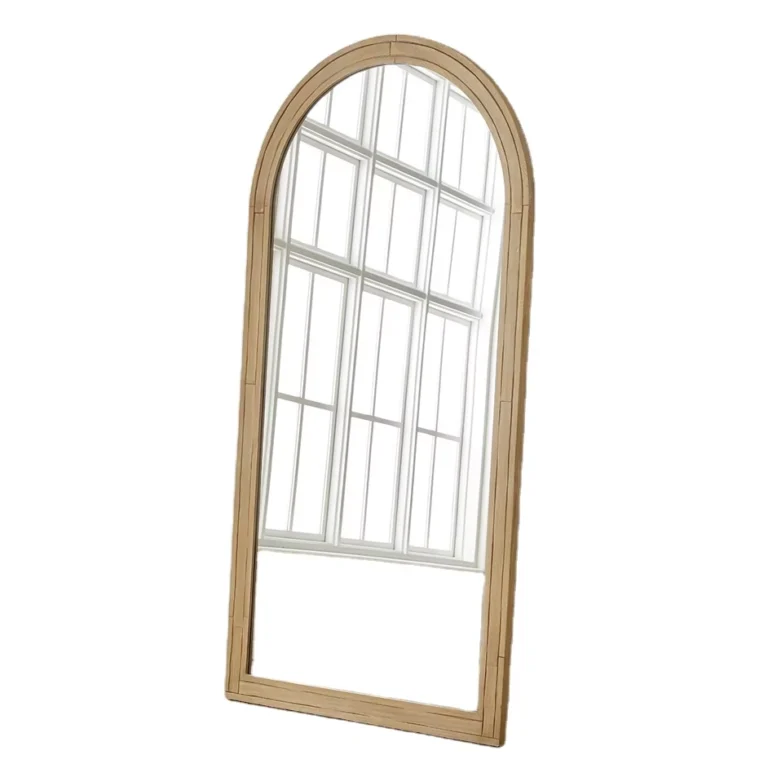
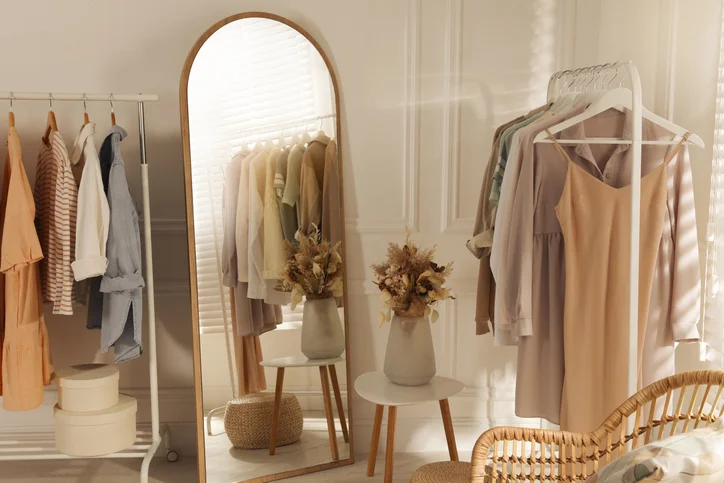
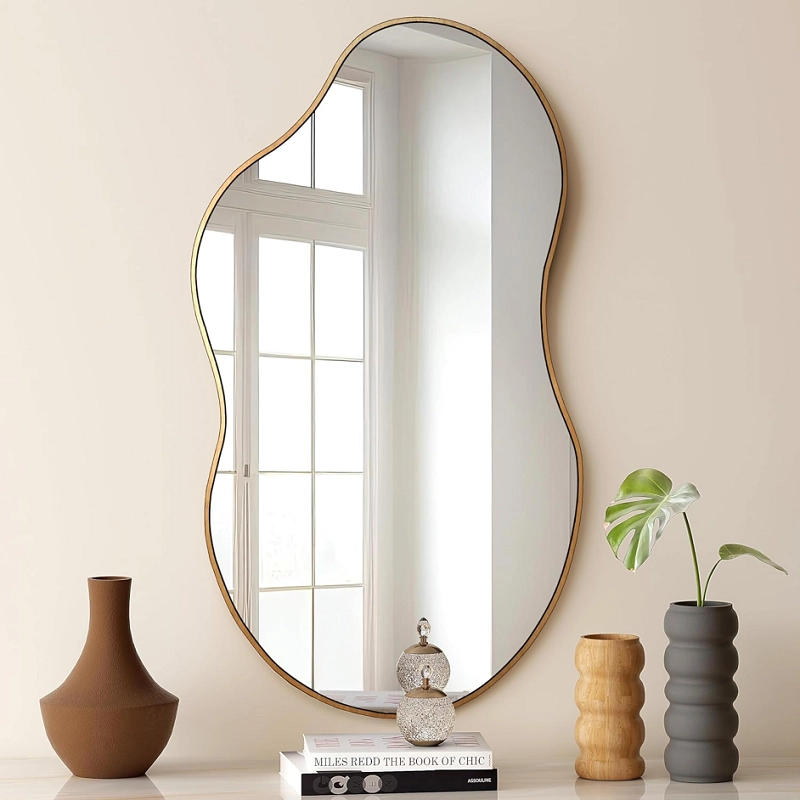

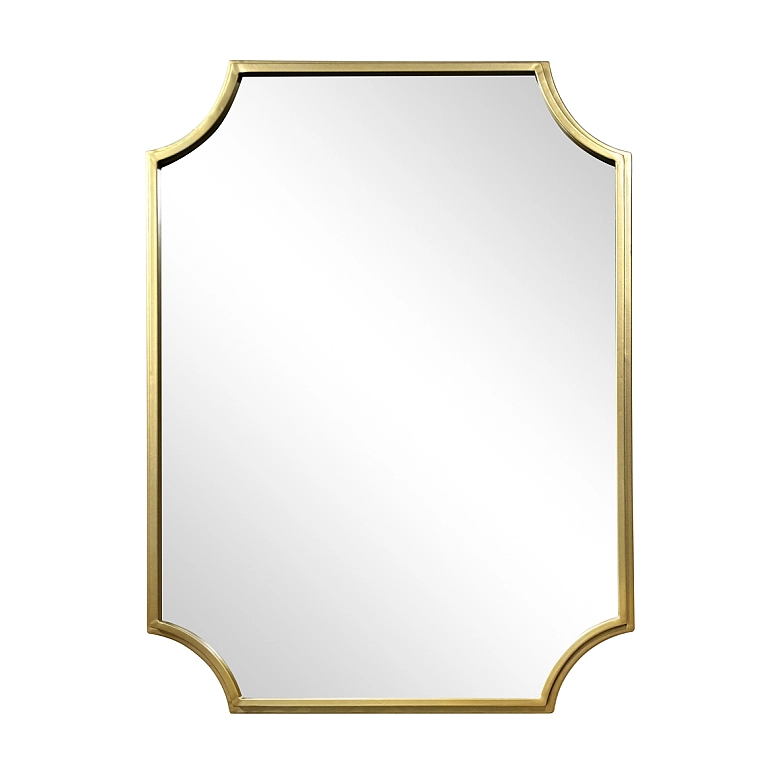
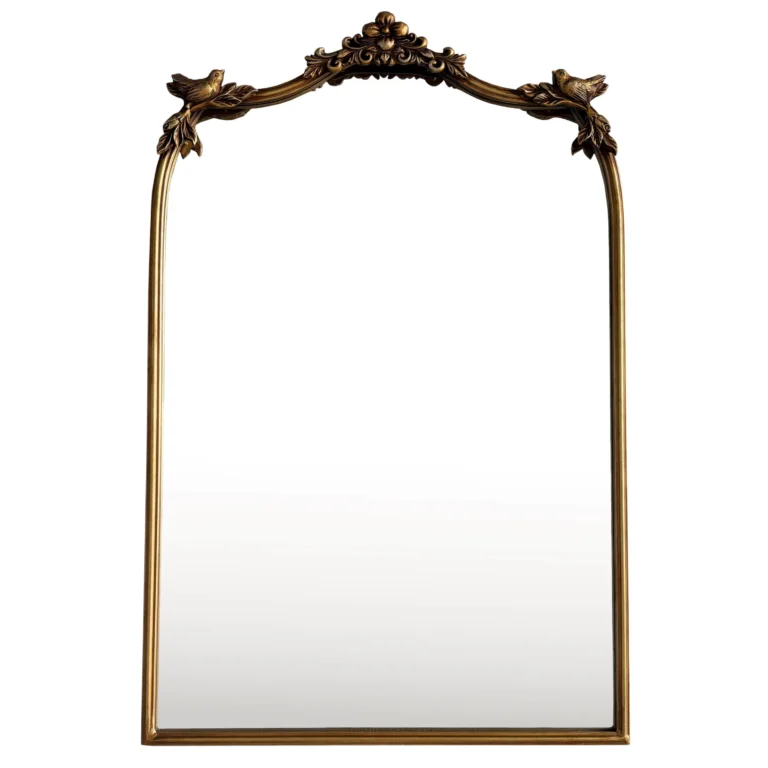
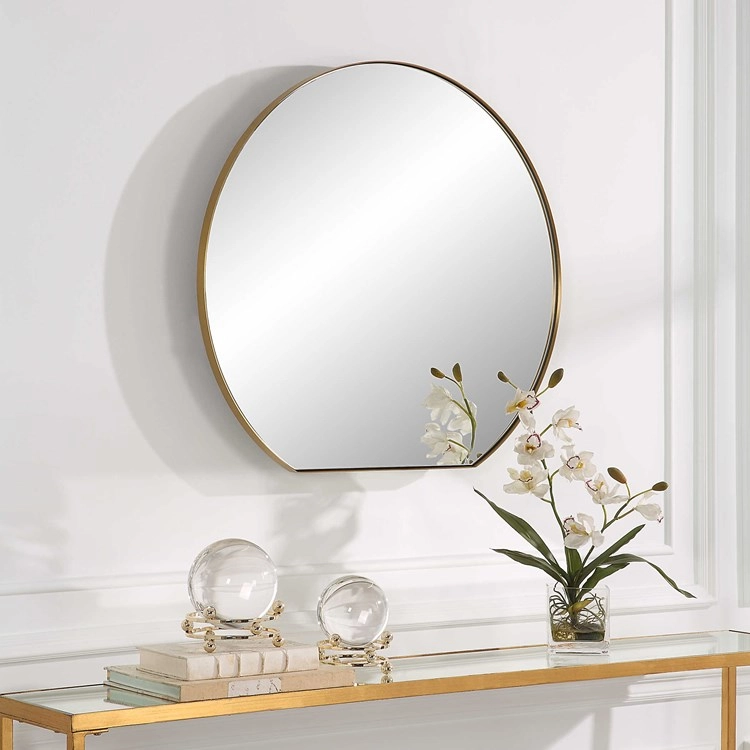
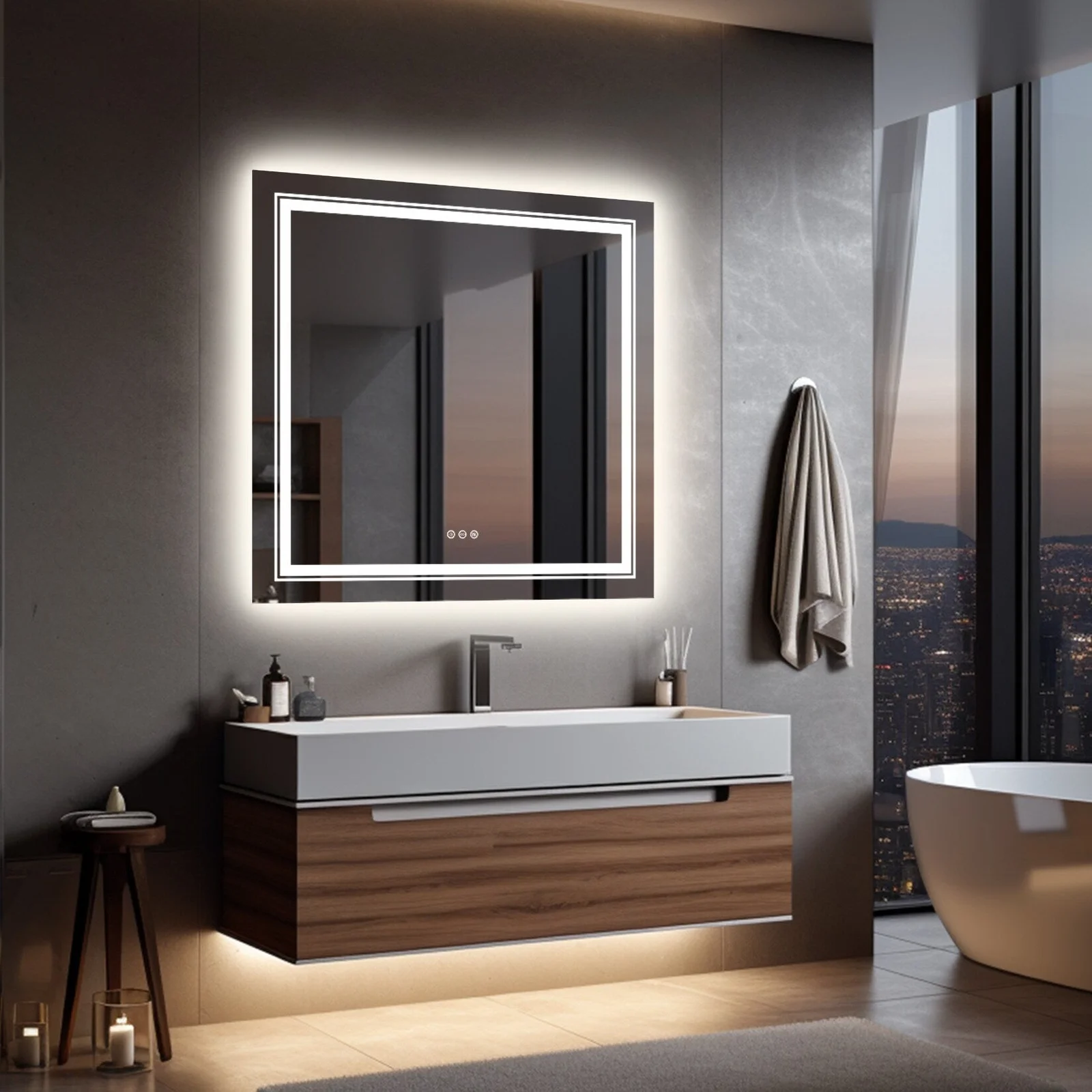
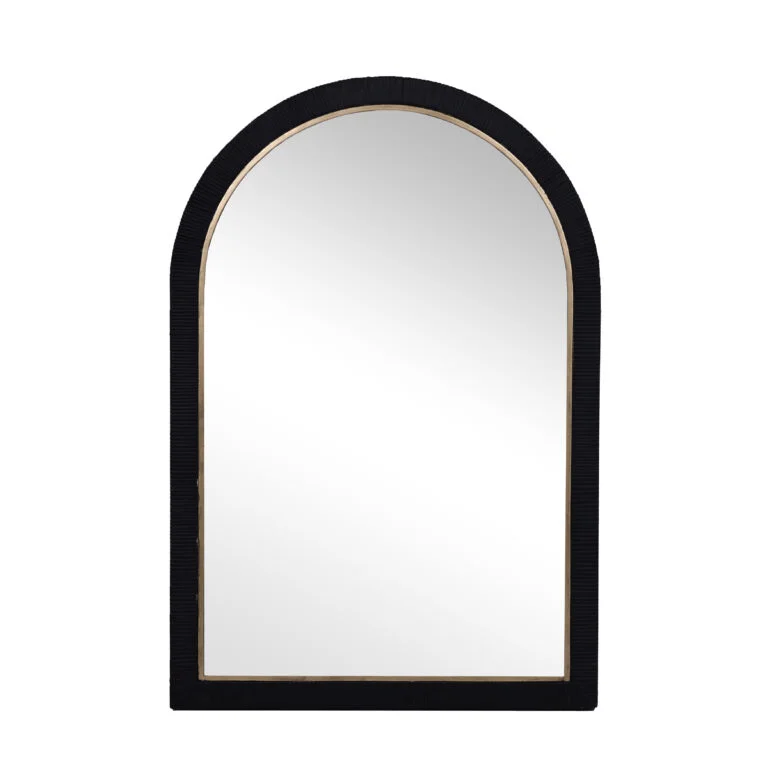
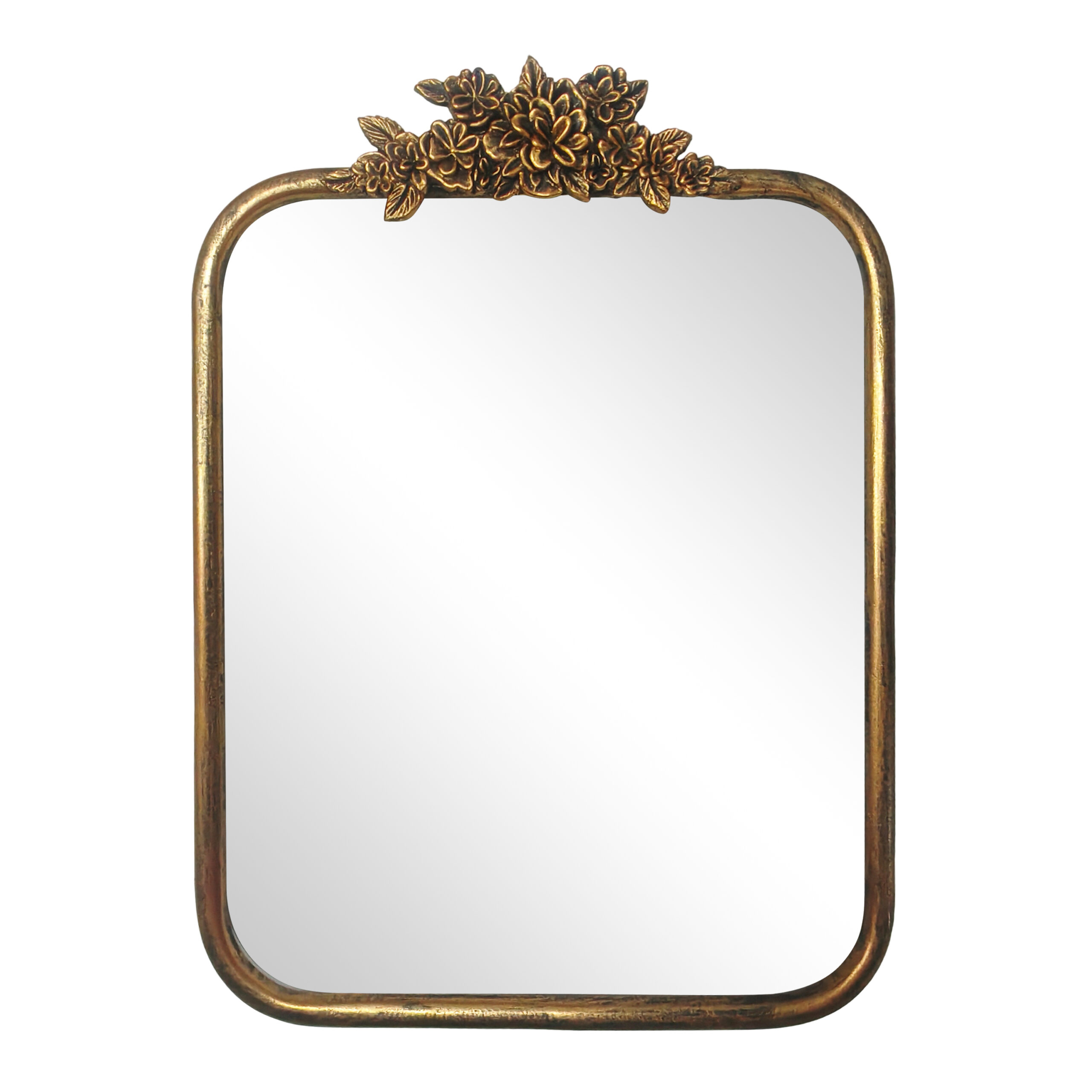
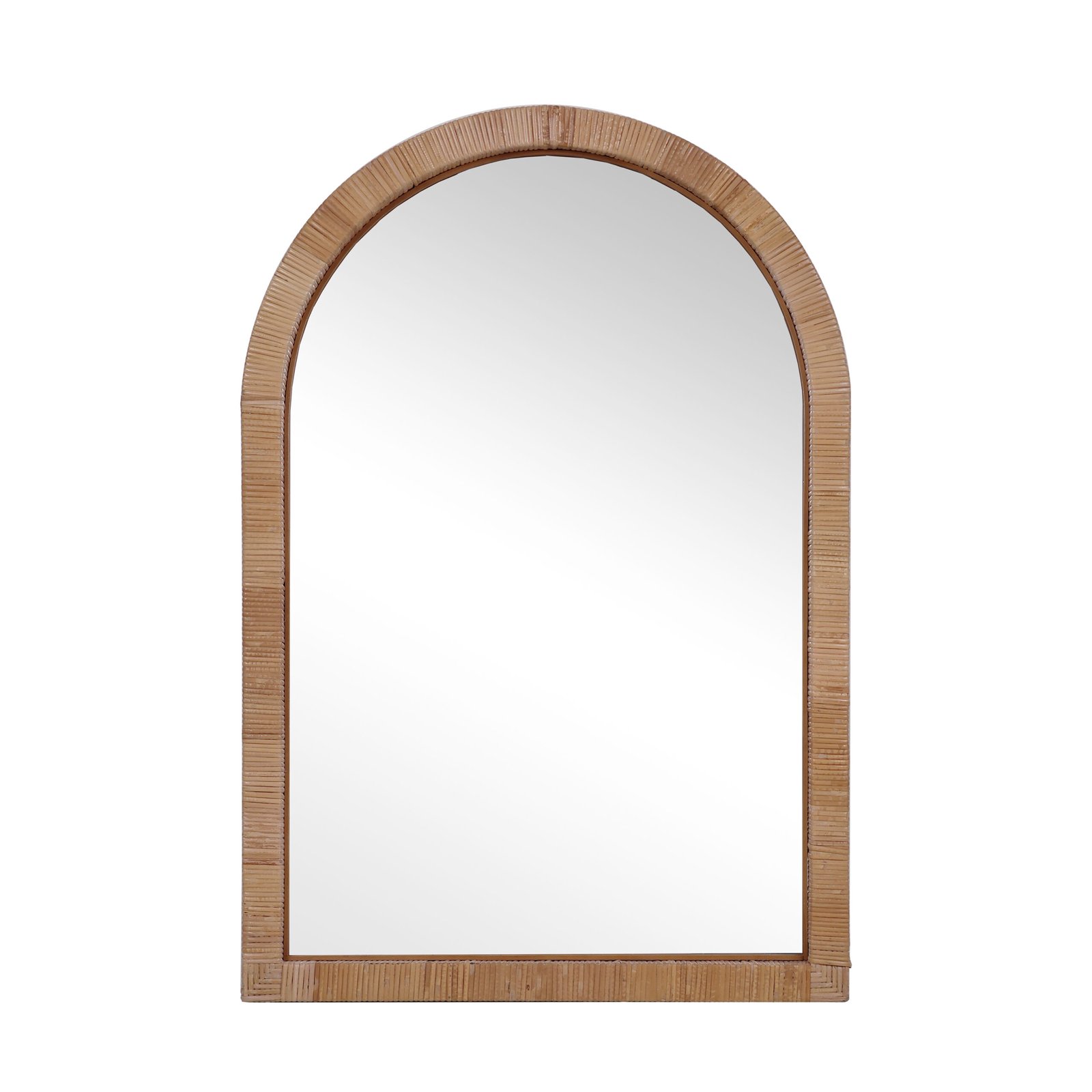
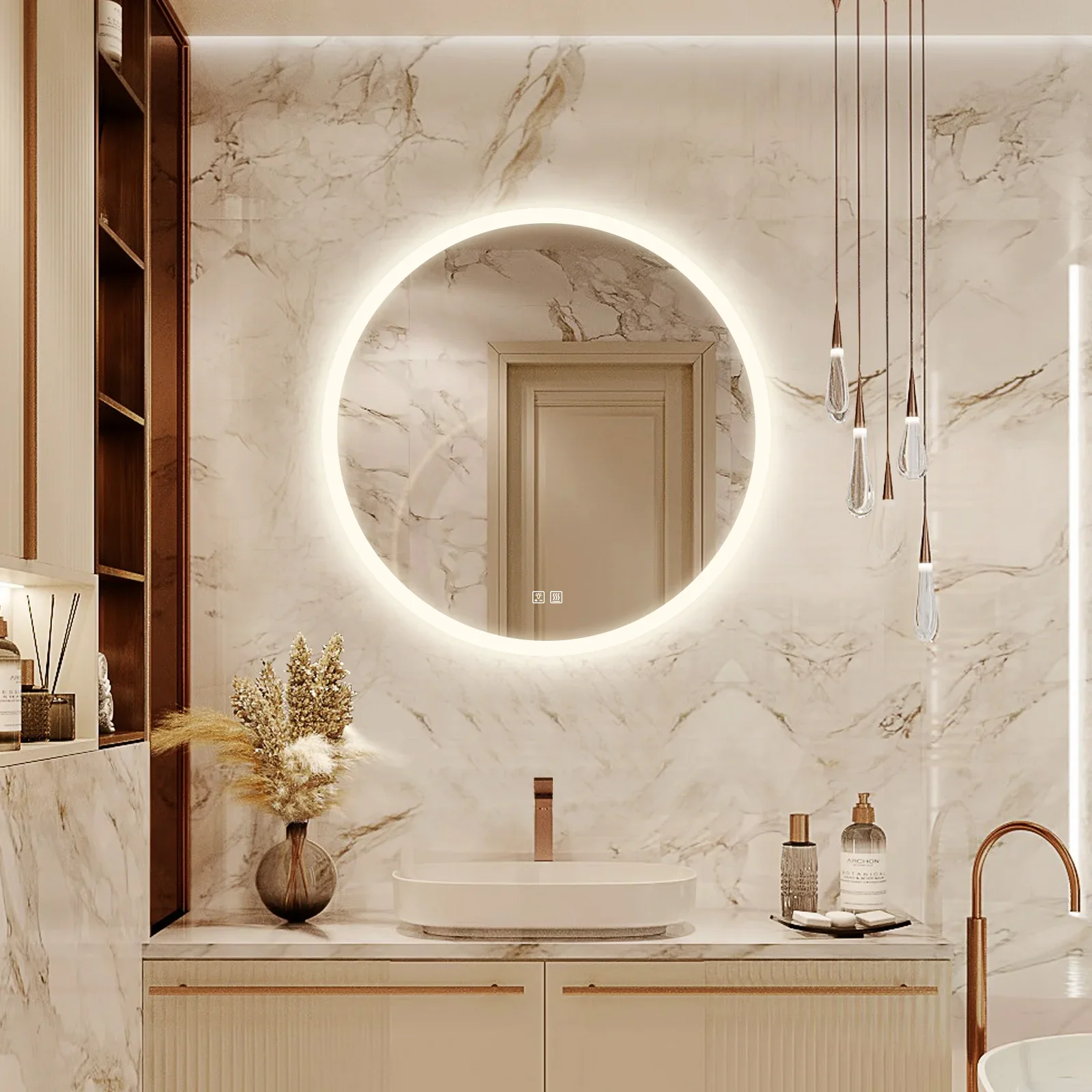
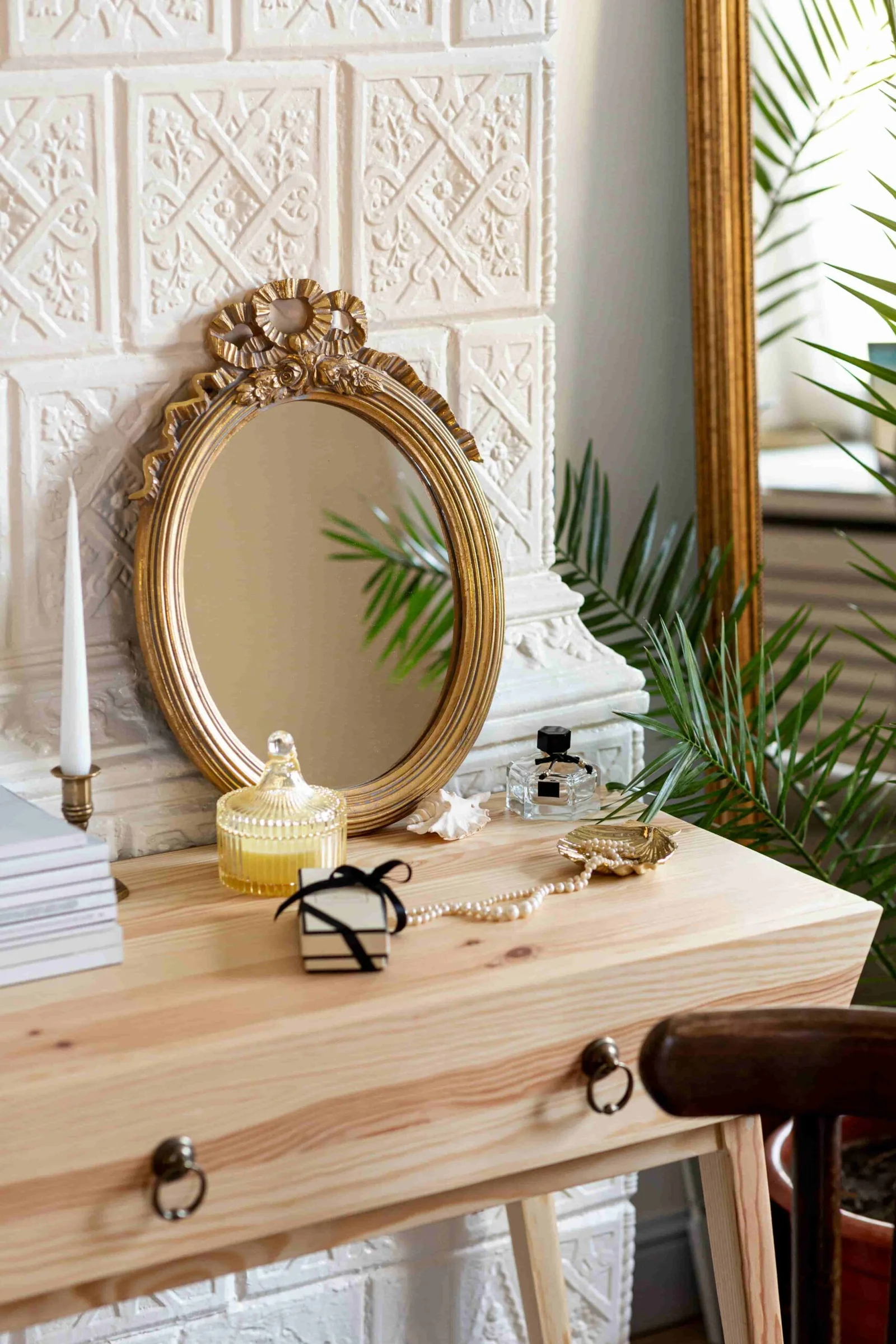
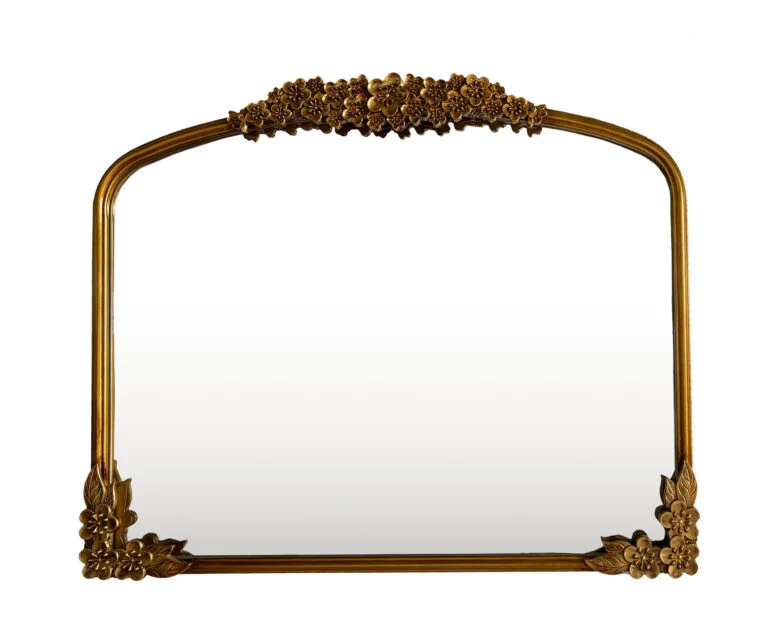
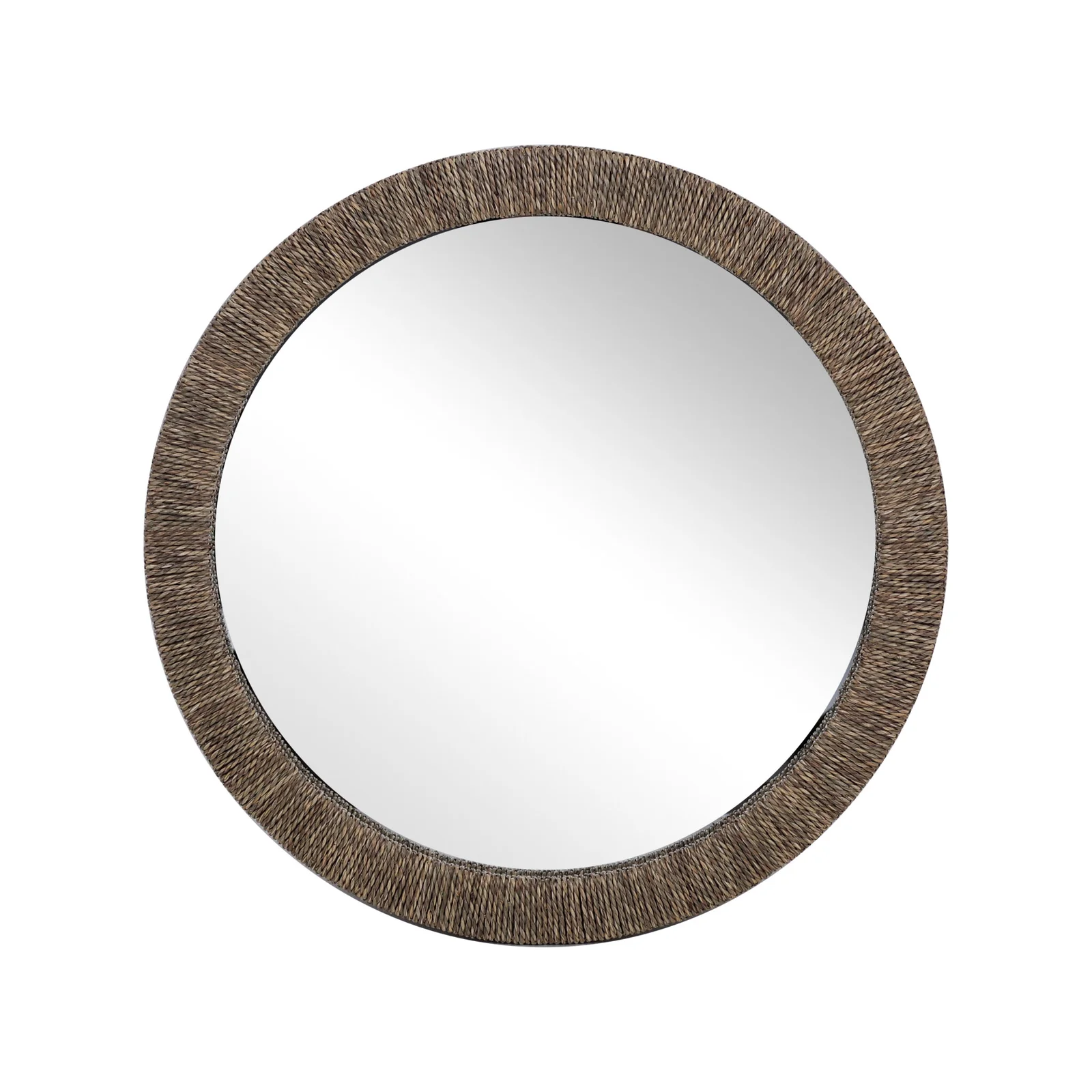
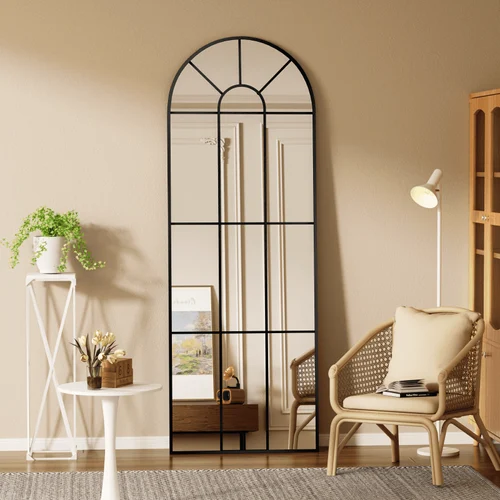
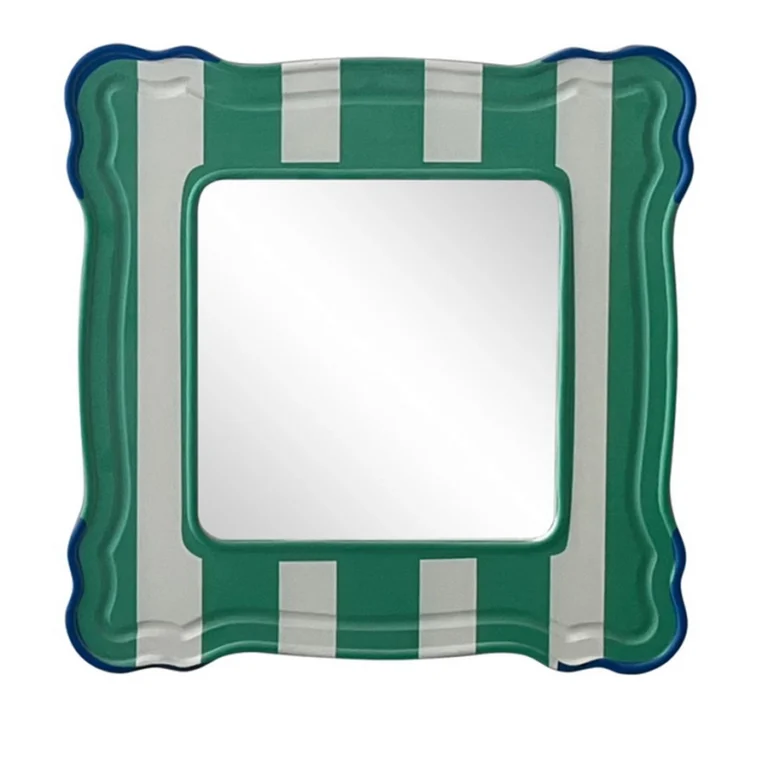
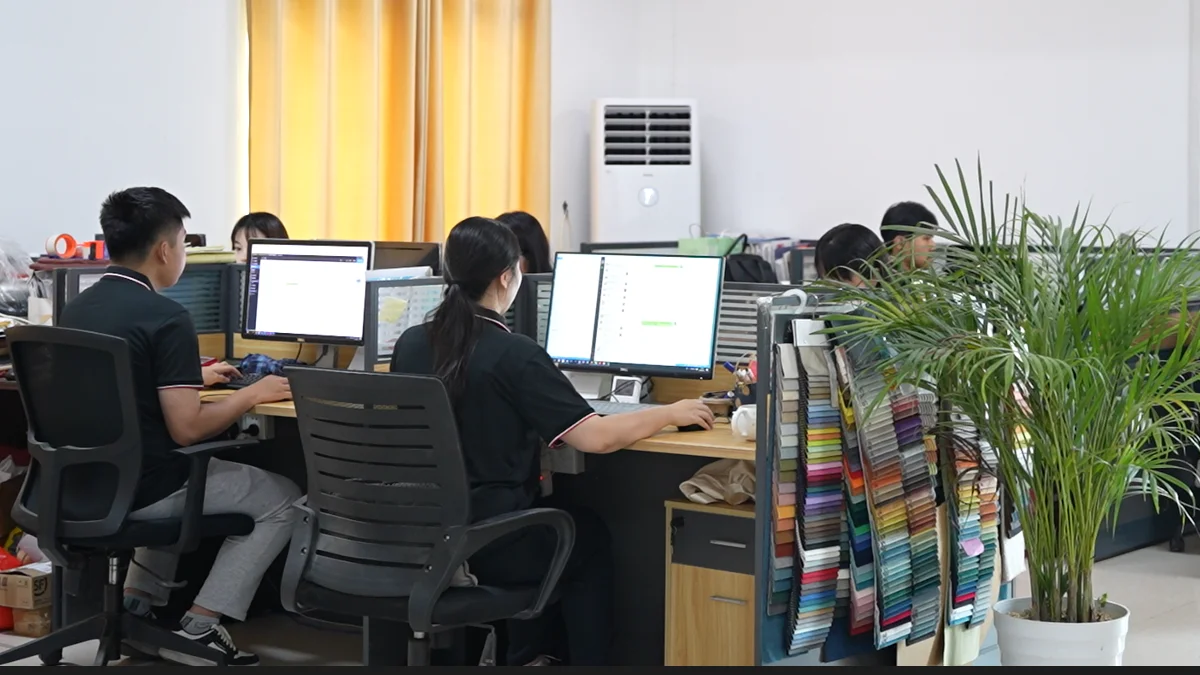
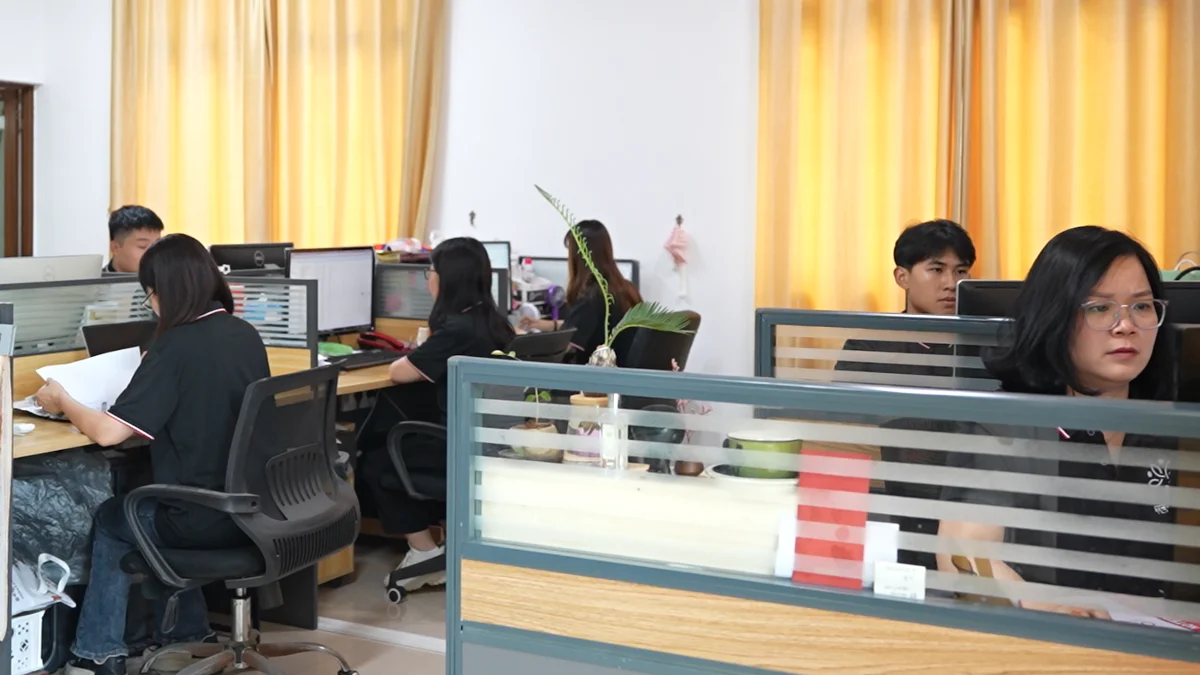
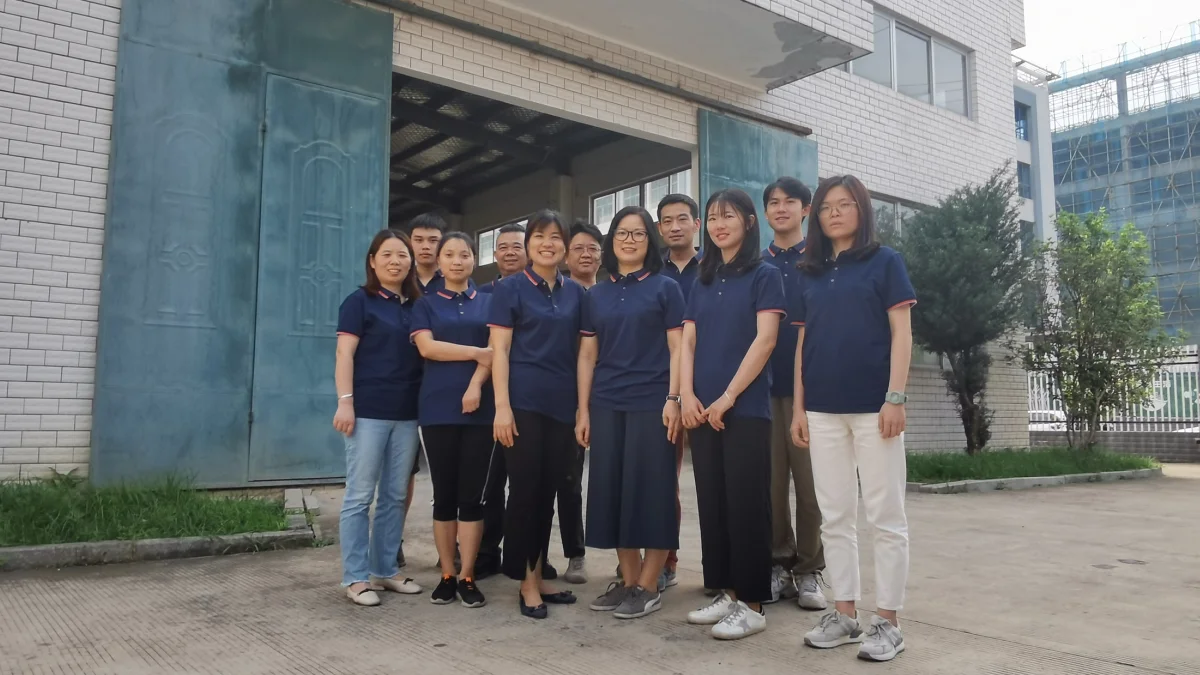
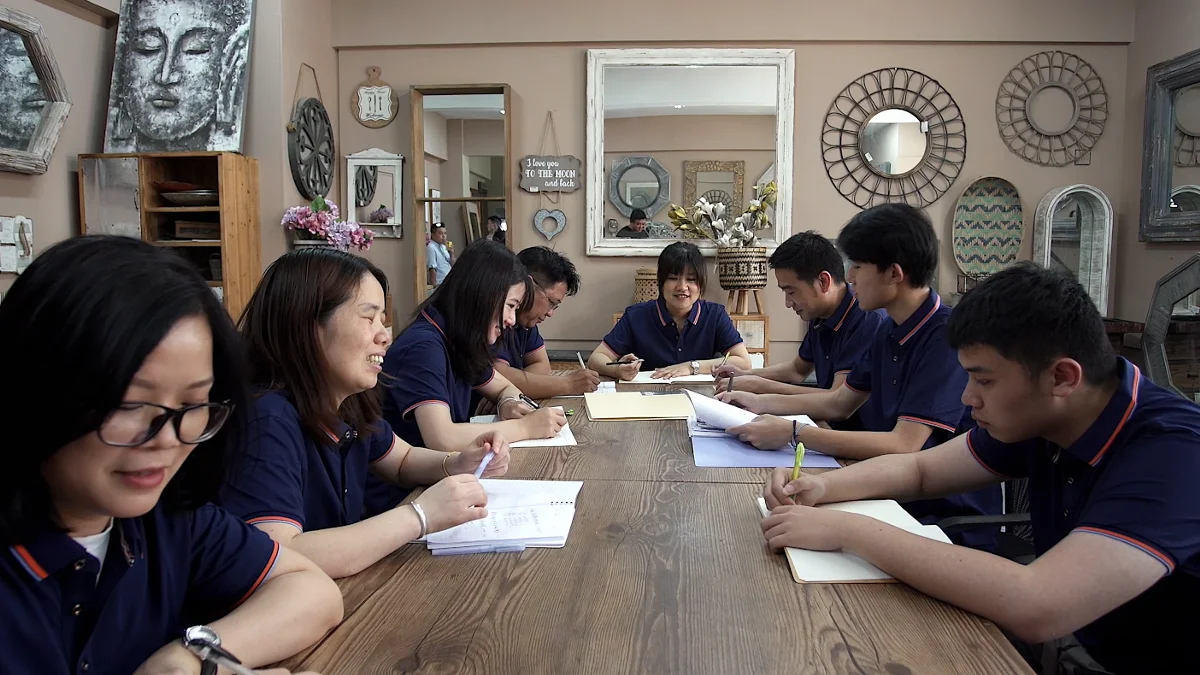

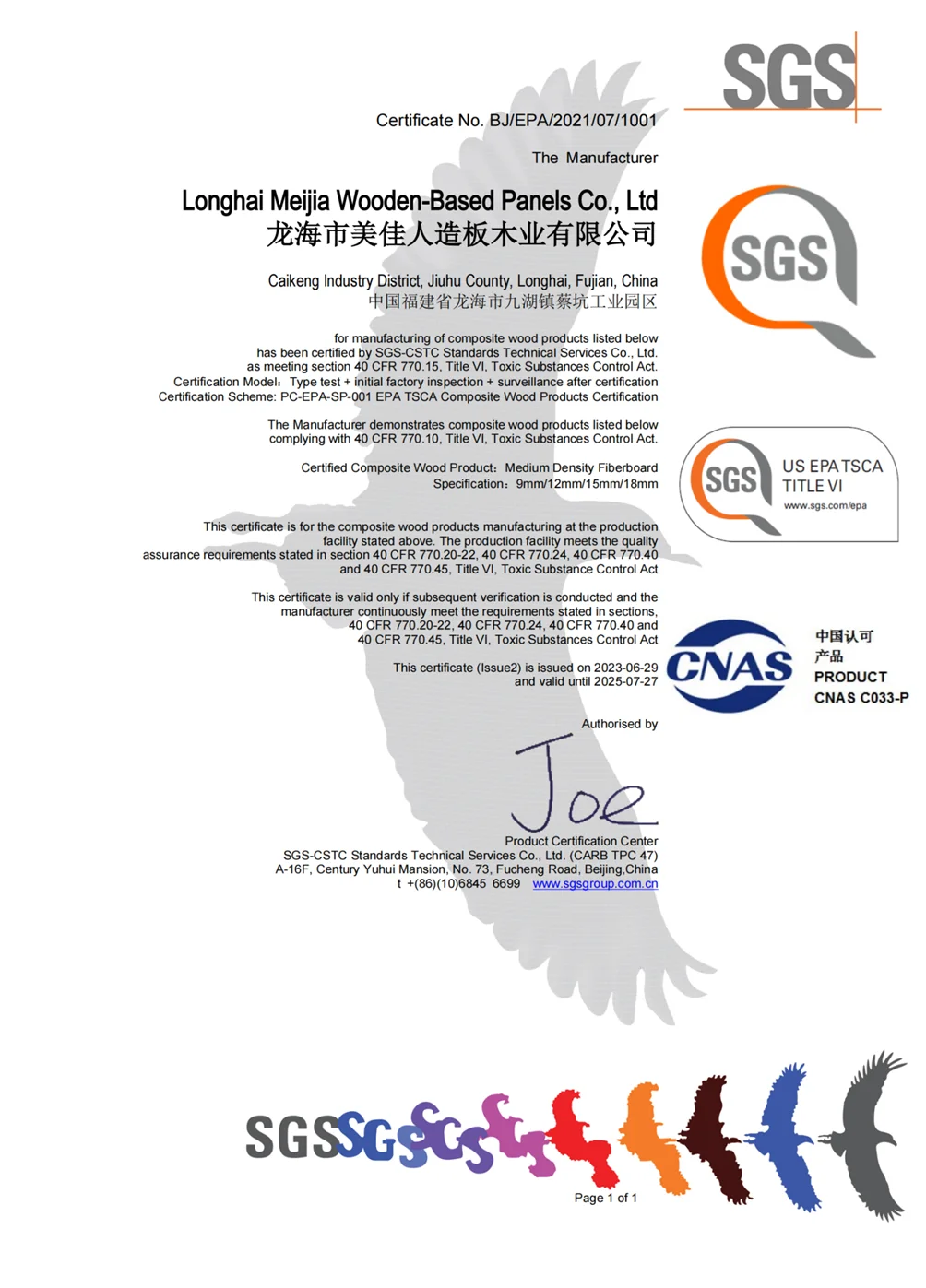

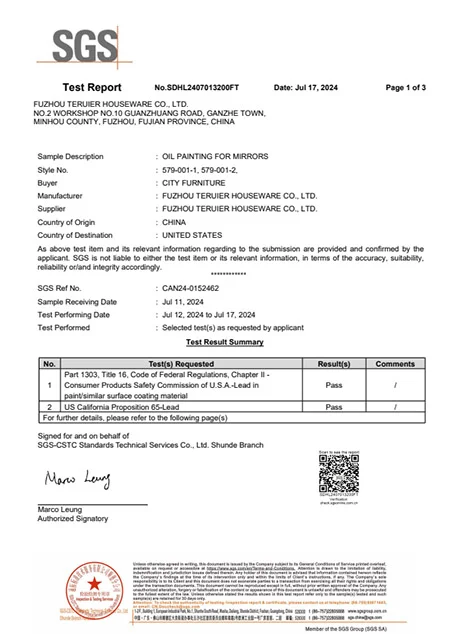

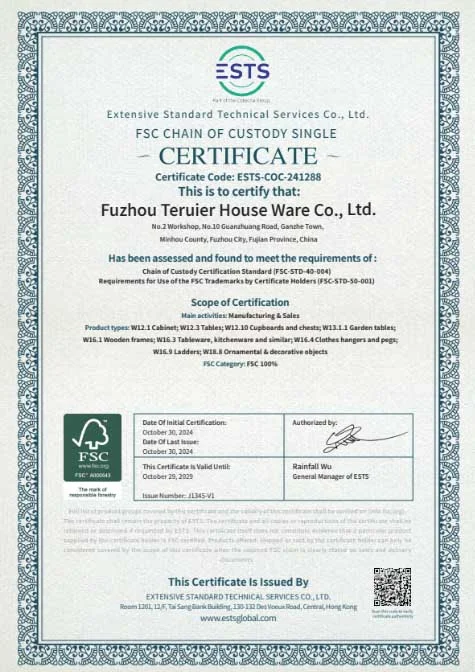
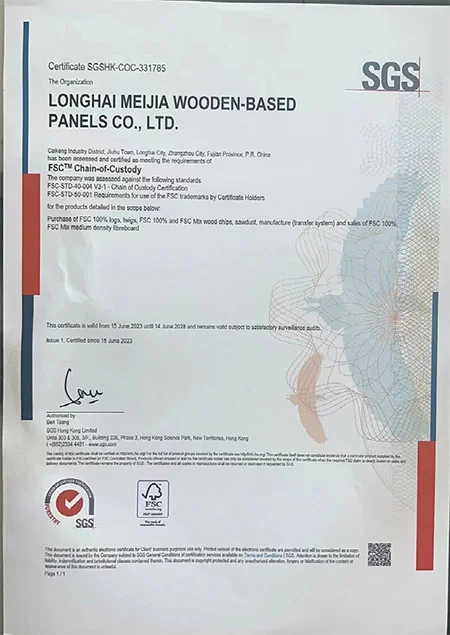
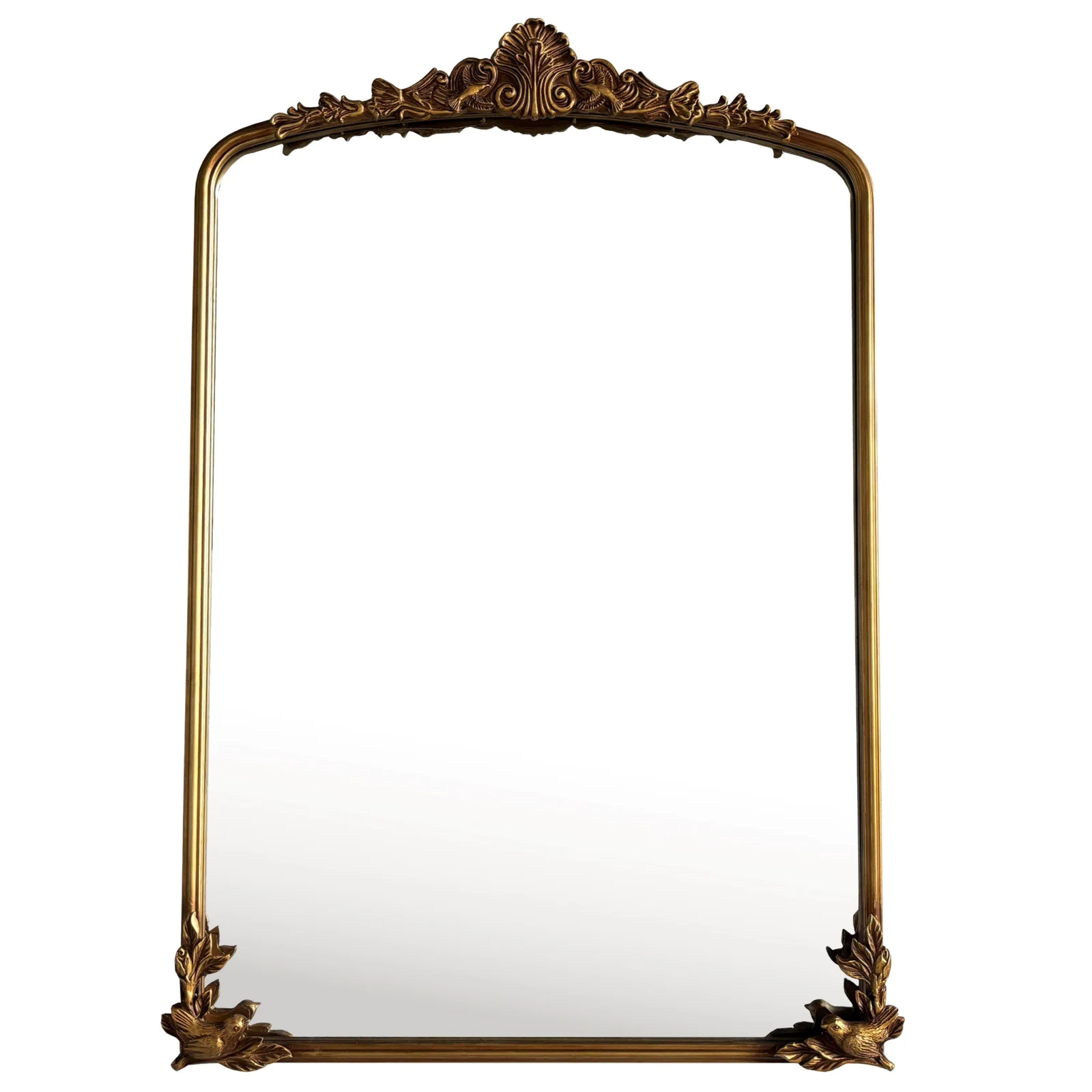
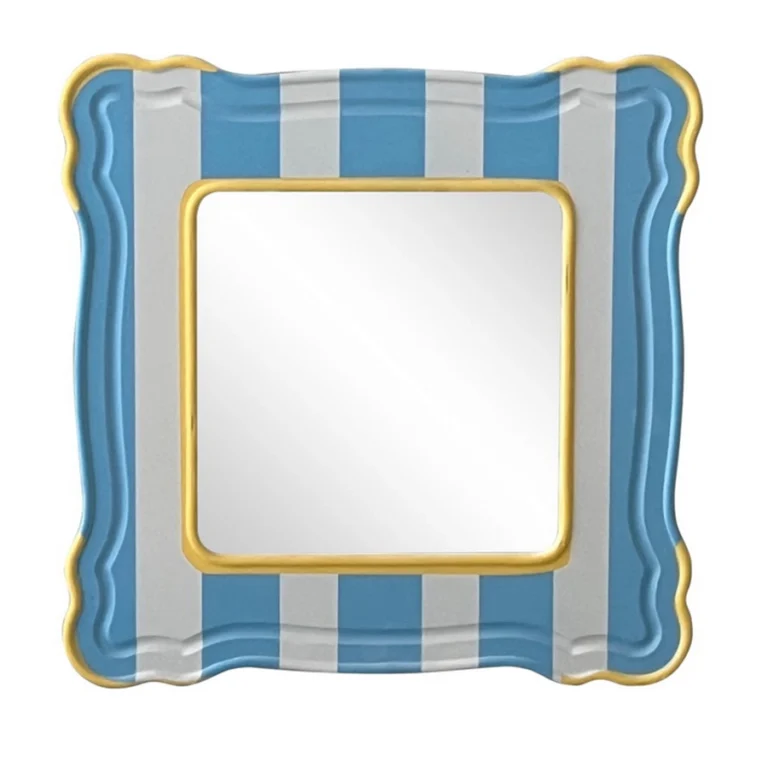
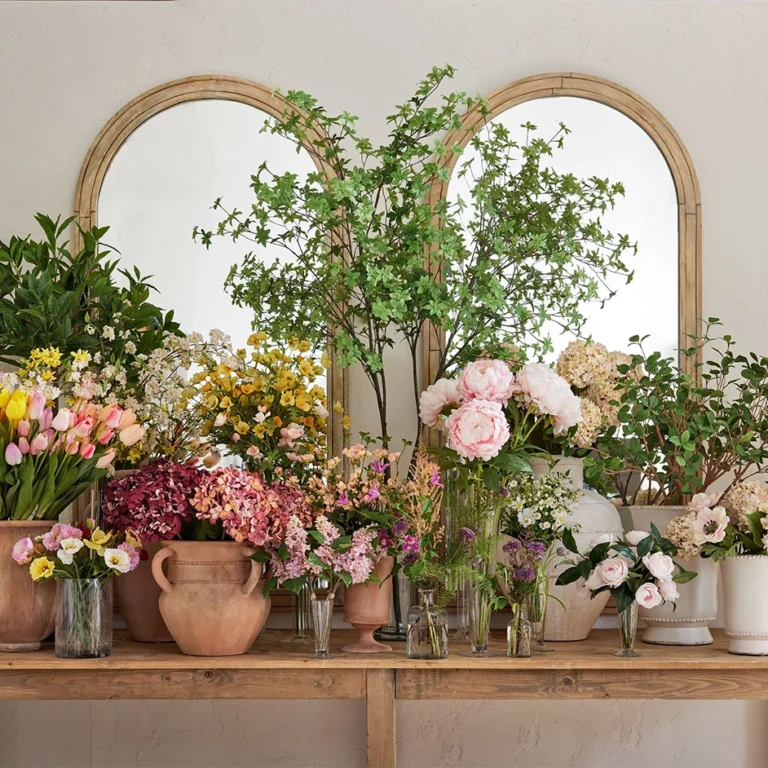
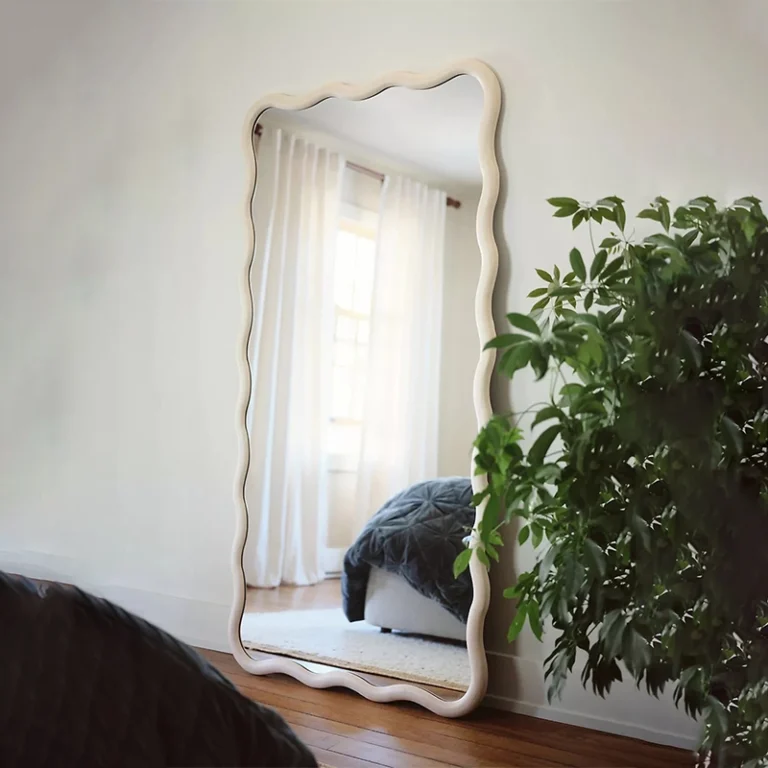
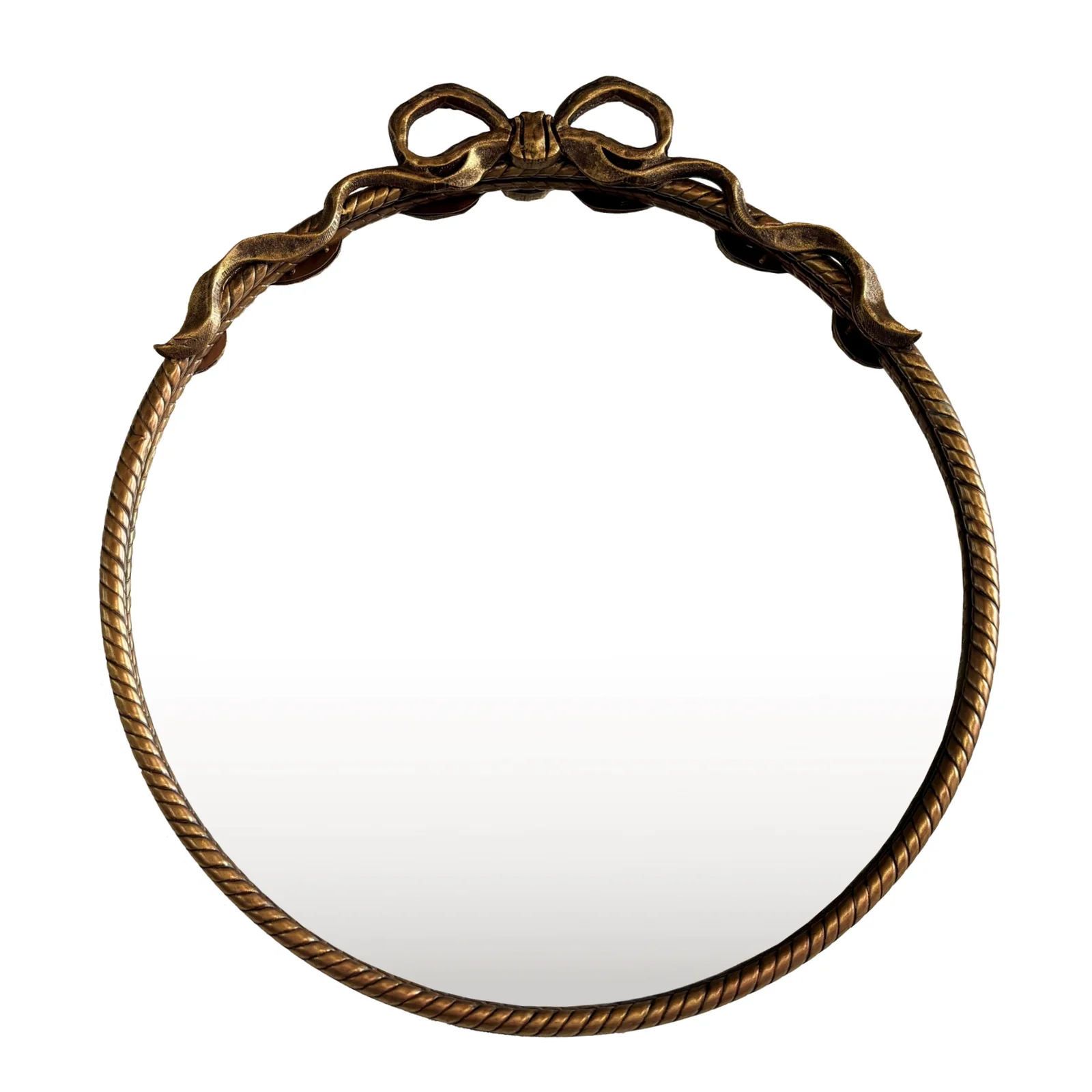
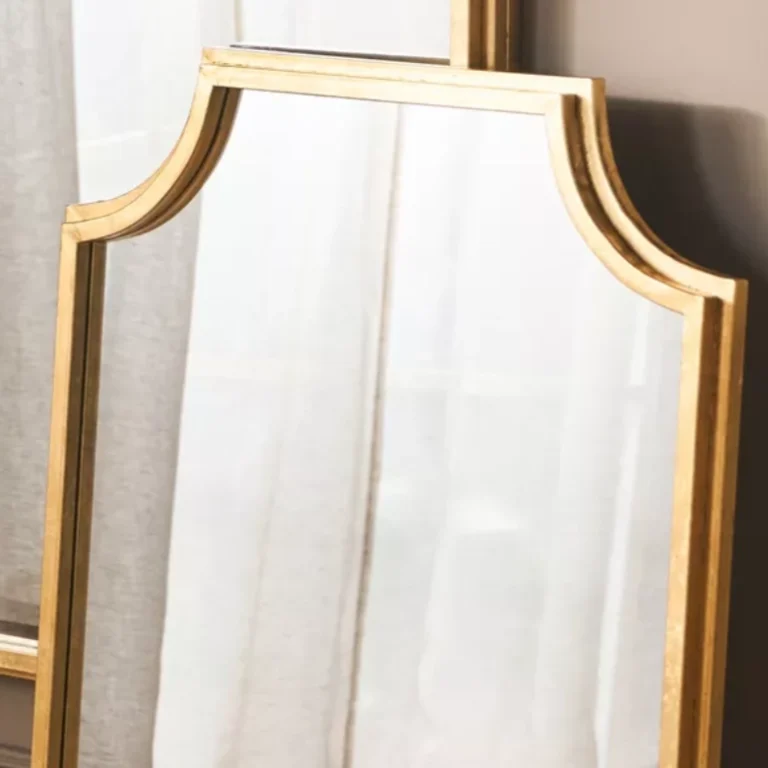
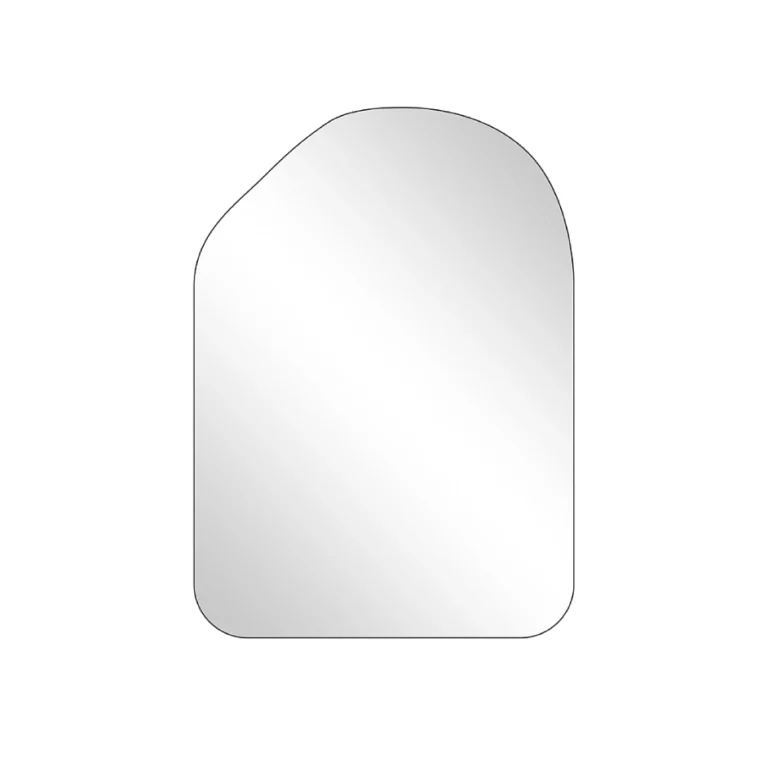
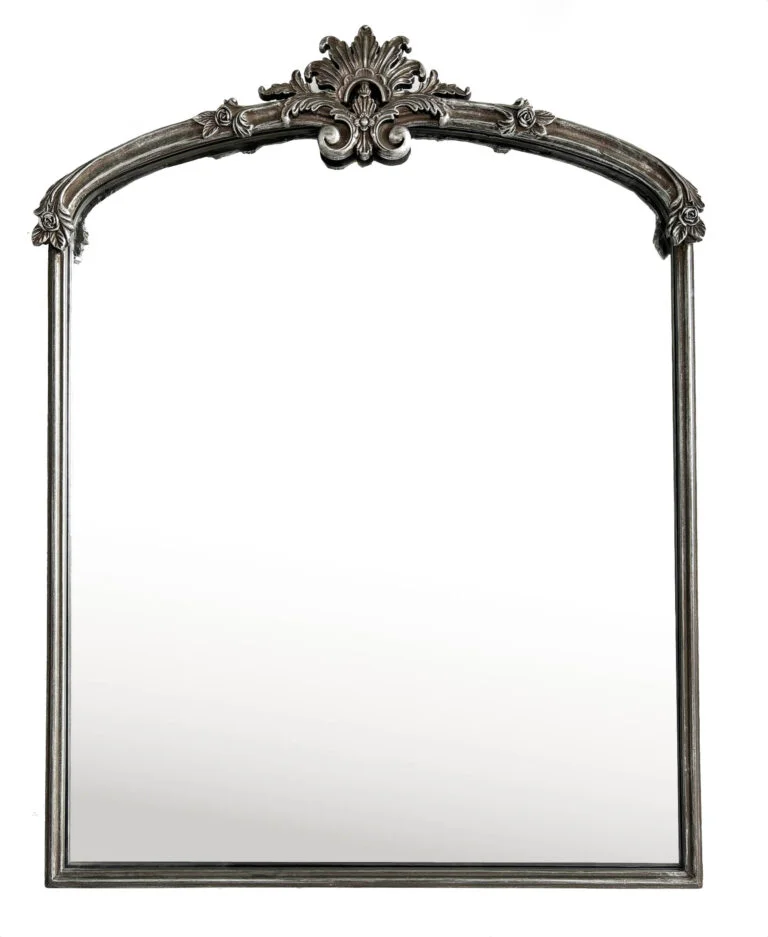
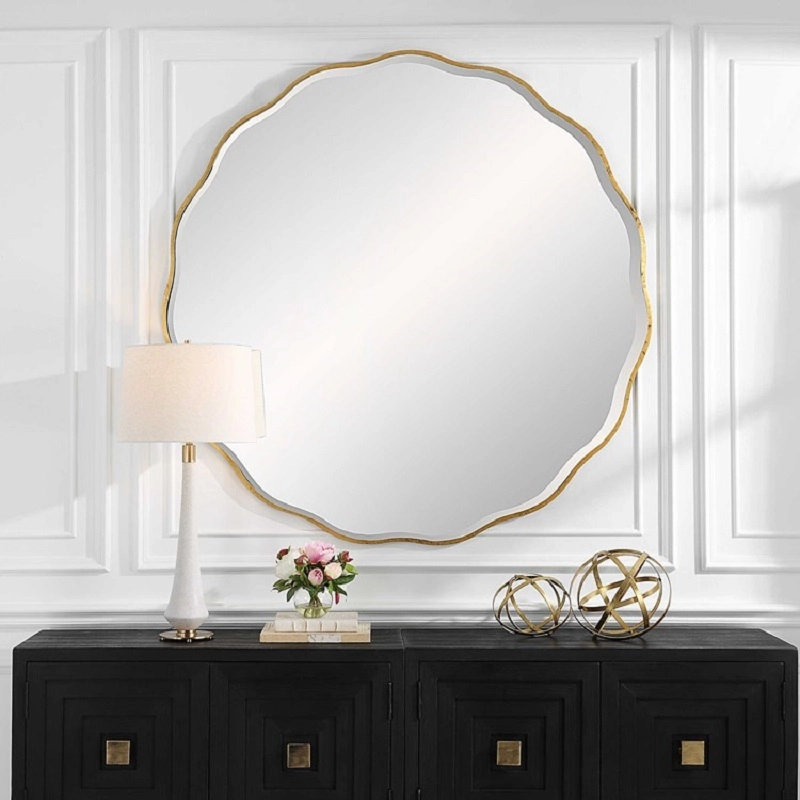
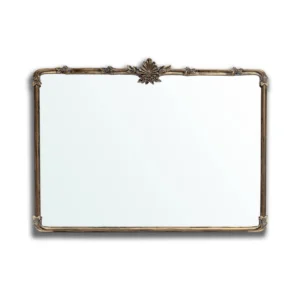


-scaled.jpg)


